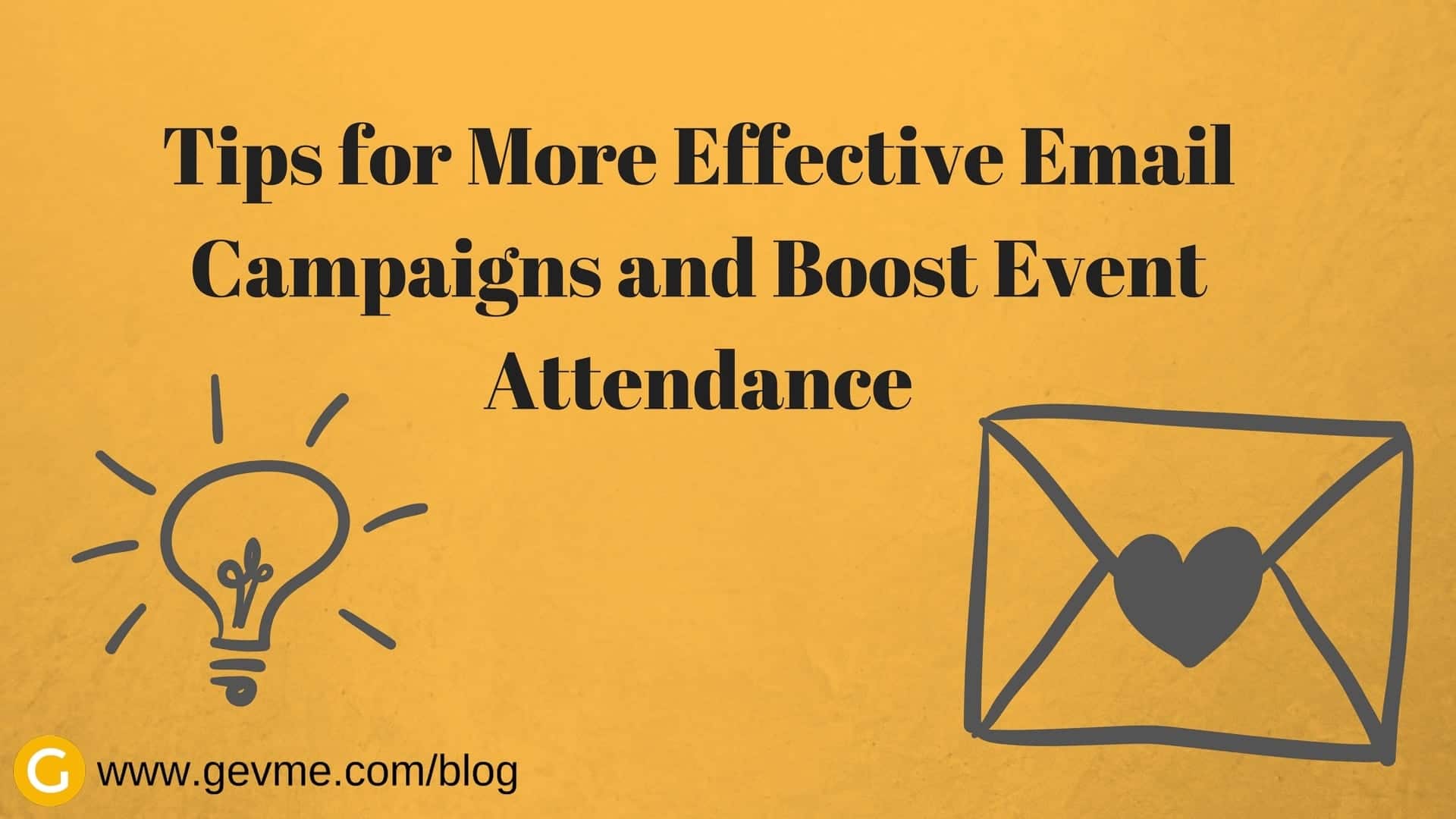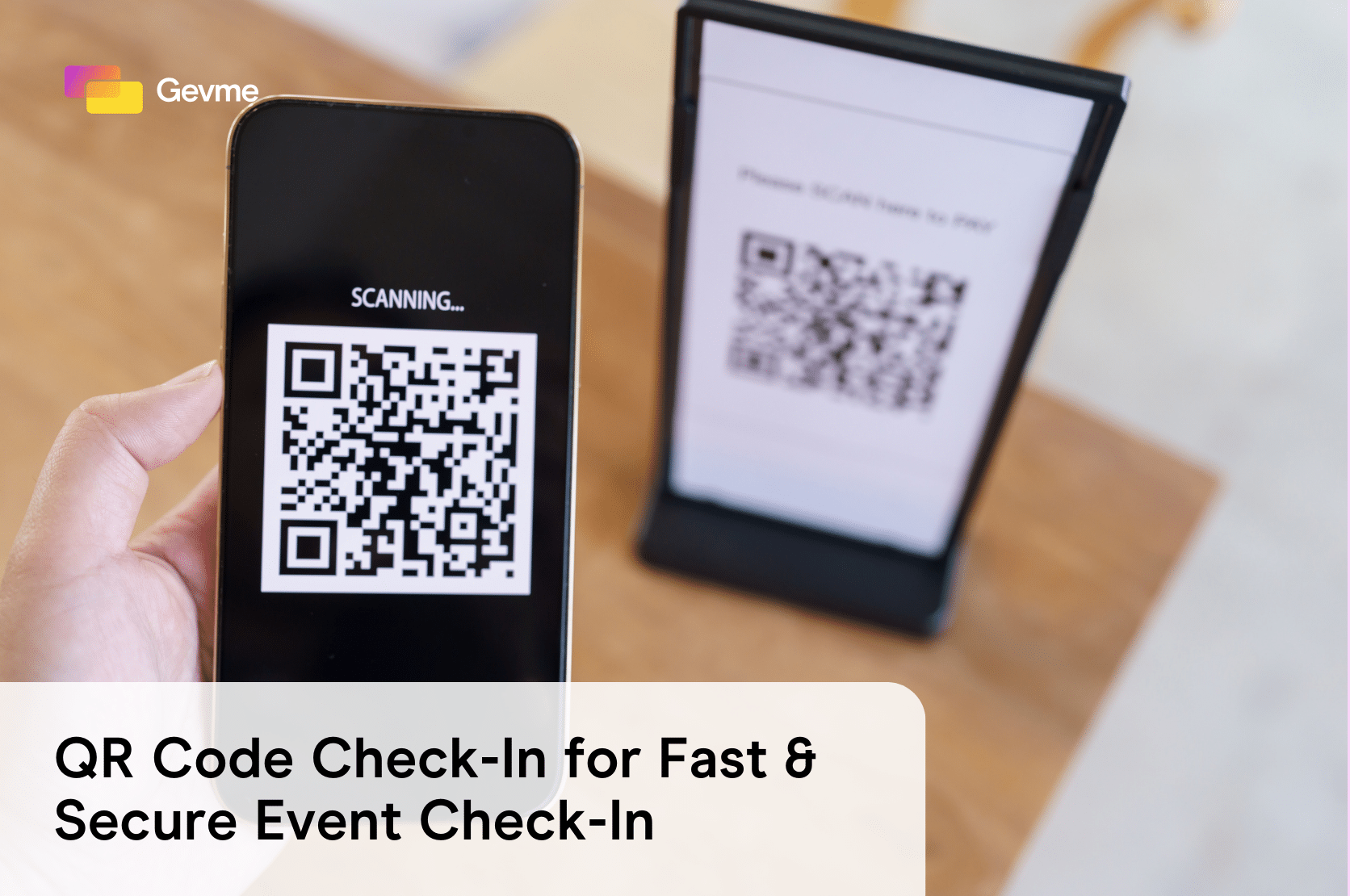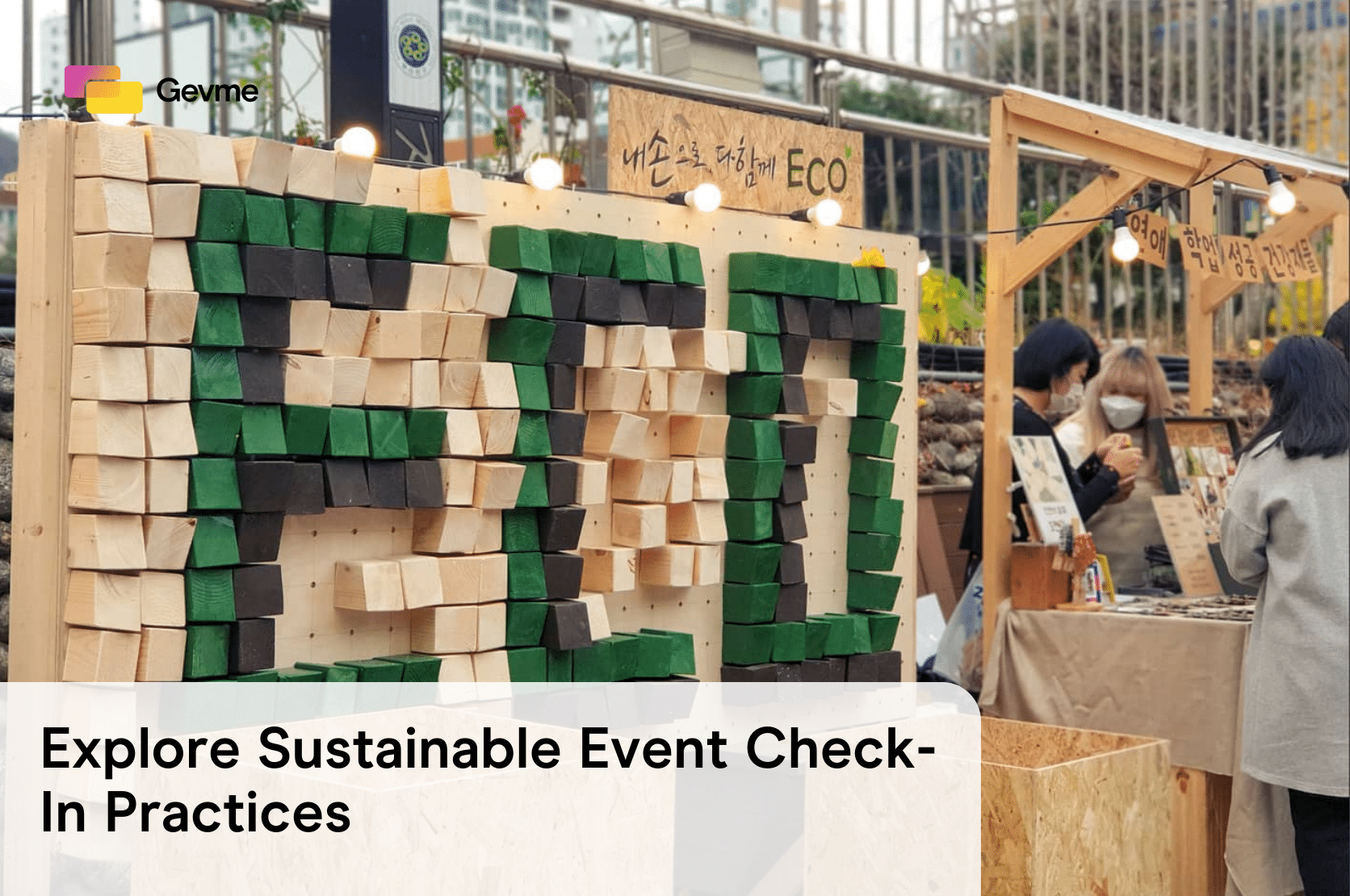Since we started our company to help people better manage their events 10 years ago, email marketing has always been our best weapon when it comes to attendee acquisition.
According to a survey by Lippman Connects, Exhibit Surveys Inc. and Trade Show Executive that generated responses from 160 independent and association show organizers, an average of $308,561 is spent on attendee acquisition, or $32.66 per net attendee. The acquisition costs do not include staff costs, but do involve a wide range of tactics including: social media, direct mail, e-mail, advertising and other agency fees plus website design and postage.
This poses as a problem to events that are free or when ticket revenues cannot offset costs given such a high acquisition cost. We often recommend our clients to use EDM, which refers to Electronic Direct Mail, campaigns to boost event attendance. This is by far the most effective and least expensive marketing strategy for events. Let’s hear a few tips of running a successful email marketing campaign from our experts.
1. Don’t combine invitation email with other types
We tried sending newsletters with event registration links inside and found that it didn’t work. A stand-alone email dedicated to invite people to the event will be more likely to catch their attention. However, I have clients who raised awareness of their events by mentioning it in other email types and include the event information in the email signature. You can try that approach but always remember that you will need a separate invitation email for each of your events. The only exception is that you have a series of similar events, say, workshops that people can register for simultaneously.
2. Regionalize your email
As most of our clients are based in Singapore, we noticed that our email open rates increased by 50% to 100% when we use location data in our emails. For instance, you can have an opening line that mentions the location or a local breaking news. You can also mention speakers coming from the recipients’ hometown or offer discounts for attendees from certain cities.
3. Craft a irresistible WIIFM subject line
A Disney on Ice email invitation’s subject line says, “Whisk your family away to an enchanted world”. Does it say any word about the event Disney on Ice. No, but people will open the email to find out what it is about because the WIIFM (what’s in it for me) factor is very clear.
4. Email sequences to be sent automatically
Last month, among our salespeople, the best performer didn’t cold call or attended networking dinners. He set up email sequences, and after a click, customers kept coming. This is an example of how powerful an automated email flow could be. Anticipate the possible scenarios after the first email is sent and build a sequence of follow-up emails according to the recipients’ actions.
5. Don’t send to the wrong crowds
It can be tempting to send invitation to as many people as you can find contacts, but you will be running the risks of inflicting unsubscribing from all future email communications and causing general annoyance. I have very bad experience with this social media services company that kept sending me emails in Chinese, and also, the event organizers that sent me invitations to events hosted on the other side of the world.
6. List segmentation
In order not to send emails to the wrong audience, you must take good care of list segmentation. An event could be beneficial in different ways to different groups of attendees. A conference might address a wide range of issues that are of interest to a wide range of audiences. Segmenting your contacts based on a few factors, such as buyer personas and, as suggested above, location, will surely increase open rates because you are targeting the right audience.
7. Create anticipation
Anticipation, and excitement of the coming event are key to full attendance. Learn from the Hollywood movie producers. Your first email may be a teaser to let the audience know something big is coming. Then comes the trailer, followed by the ticket sales. Spike up enrollment by adding special packages, discounts and ‘last chance’! Don’t forget the ‘press conference’ where you feature your ‘superstar’ speakers.
8. Social proof
Hey, if 10,568 other event professionals have attended this conference, I should at least check it out to make sure I’m not missing out on an important opportunity to learn and network. Trust me, social proof works all the time. Period.
9. Always follow up
Unless you’re their boss, it’s very likely that the recipient is preoccupied with other important things when they receive your email. A follow-up in this case will be much appreciated. That said, you still should watch out for the boundary between being helpful and being annoying. A maximum of 3 follow-up emails is the rule of thumb for many organizers.
10. Benefits over features
Save the event details for the landing page. In the emails, address the audience’s concerns and interests. Benefits of attending the event always come first. Back then we organized a launch of our product with new security features. We tried a few things – announcing the new features and speakers and the like. But the ticket sales was modest. Then we changed the content “10 people were killed in a meeting at [street name] last Saturday. Data security measures need a nudge.” And the ticket sales was flying.
11. Avoid a generic email
A generic email trips to the spam folder as it sounds fake and lazy. Ask someone to read your email and if that person finds it familiar, you need to change its content. Tailoring content to recipients gives your emails a more personal feel and increase the likelihood of people signing up. After all, in competition with so many similar events happening, you want to stand out in the crowd, right?
Enjoy this post? Check out The do’s and don’ts of email marketing for events for more useful tips.








